EXTERNAL LINK
You are about to leave Pajunk.com. This link is provided strictly for information sharing purposes.
Pajunk GmbH assumes no responsibility for the quality, content, nature, or reliability of any linked site.
Ultrasound-Guided Nerve Block Training has developed throughout the decades and has driven the popularity of Regional Anesthesia. Starting with the paresthesia technique, then nerve stimulation to ultrasound-guided techniques, new blocks have emerged and allowed practitioners to perform safer regional anesthesia for an ever-growing spectrum of medical procedures. The introduction of ultrasound into regional anesthesia was a pivotal step. However, it also brought some additional complexity related to reading and interpreting the sono-anatomy picture and combining the anatomy knowledge of the practitioner and the tactile feel and placement of the needle. Based on current studies1, AI technology can successfully interpret anatomical structures in real-time sonography assisting anesthesiologists during ultrasound-guided nerve block procedures.
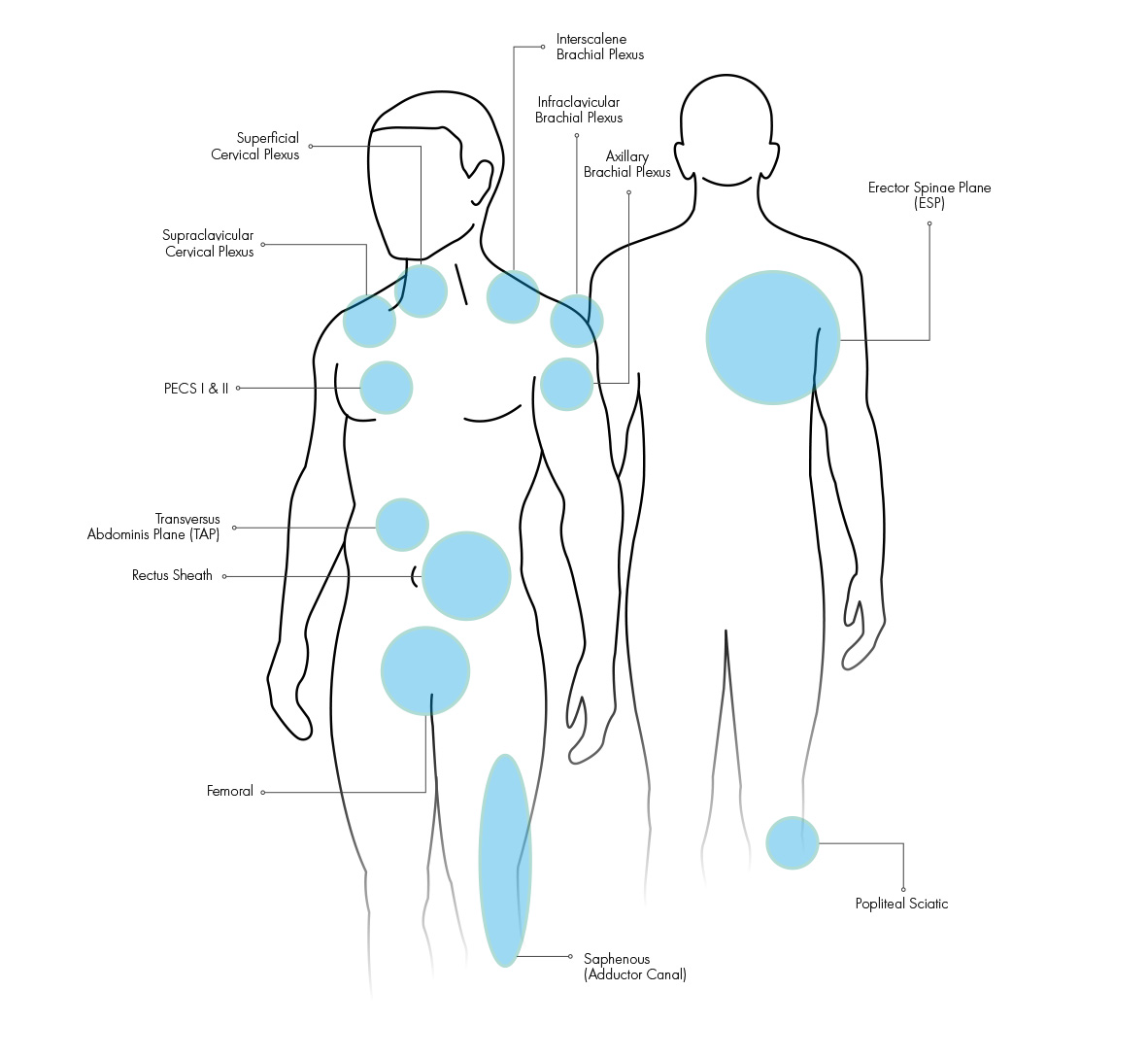
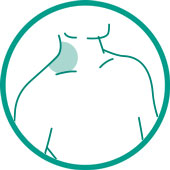
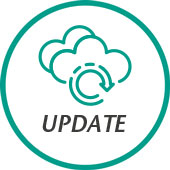
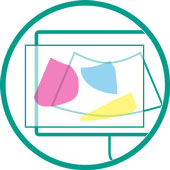
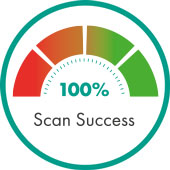
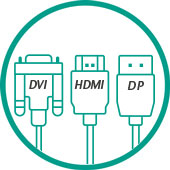
| Minimum System Requirements | |
| Operating System | Windows 10 (64 bit) or newer version |
| CPU | CPU Intel i3 10th Gen or AMD Ryzen3 Series 3000 or above (recommended Intel i5 10th Gen) |
| Memory (RAM) | 8 GB |
| Disk Space | 2 GB free space |
| Peripherals |
| Mouse or Touch Screen, 1 free USB 3.0 ports, HDMI Video Capture Card/Adapter, Keyboard (only for activation) |
| Item description | Item no. | Purchase Unit |
|---|---|---|
|
12 month license, 1 computer (incl. updates) |
1000-00-12 | 1 |
|
24 month license, 1 computer (incl. updates) |
1000-00-24 | 1 |
| Item description |
12 month license, 1 computer (incl. updates) |
|
|---|---|---|
| Item no. | 1000-00-12 | 1 |
| Item description |
24 month license, 1 computer (incl. updates) |
|
| Item no. | 1000-00-24 | 1 |
| Downloads |
|---|
nerveblox Brochure USA
|
Studies:
1 Gungor, I., Gunaydin, B., Oktar, S.O. et al. A real-time anatomy ıdentification via tool based on artificial ıntelligence for ultrasound-guided peripheral nerve block procedures: an accuracy study. J Anesth 35, 591–594 (2021)
